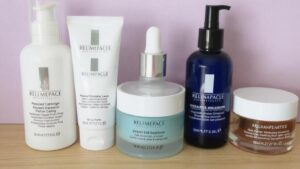Our skin represents our entire well-being, so taking care of it that way can be very helpful. Plant medicines, an age-old practice attempt to provide an effective and natural way of treating the common issues of the derma. This range of treatments is very rich and restorative to the skin from acne, dryness, and other conditions that without doubt contains no dangers like the artificial treatments. In this internal section, we review 11 considered as top remedies for skin problems for healing and helping with the skin.
Aloe Burning, Cut and Irritation Relief

Aloe vera is an easy herb loved by most of its users for its soothing and healing nature. The gel is rich in vitamin A, C, E and a host of other essential enzymes that are effective in irritated or damaged skin.
Coo Uses: Soothes sunburns, facilitates curing of wounds, and relieve skin irritations.
Coo How to use: Cut and scrape fresh aloe vera leaves to obtain the gel and then smear on the body surface. For a soothing sensation, store the gel in a fridge before use.
Coo Why it Coo Works: Aloe vera provides deep moisture, cooling with maximum advantages and increases disturbed skin cell turnover.
2. Cajeput Oil for Acne and Blemishes

Cajeput oil, or tea tree oil as it is commonly called after the melaleuca alternifolia, is a strong antimicrobial and anti-inflammatory, which makes it the best ingredient for acne treatment.
Uses: Treats existing pimples, stops the formation of new ones and clears the pores.
How to Use: Combine a few drops of cajeput oil found in health stores and any carrier oil such as jojoba or almond oil. Then use the mixture to paint the specific areas with a cotton bud.
Caution: Do not use cajeput oil in its pure form on the skin as it is very irritating.
How Chamomile Assists Those with Eczema and Other Inflammation

Chamomiles which are well known for their soothing effects is a safe herb that treats inflamed skin that is itchy which makes it suitable for individuals with eczema.
Uses: diminishes pain and redness, reliefs intense itching and moist patches.
How to Use: Prepare strong chamomile tea and after cooling it down, apply it in the form of a compress or a toner. Else, mix chamomile essential oil with carrier oil to apply the oil directly onto the skin.
Fun Fact: Chamomile has a component called bisabolol that promotes healing and so it is good in chamomile infused products for the skin.
Benefits of Turmeric for hyperpigmentation and scars

Turmeric has been used worldwide for the purpose of skin whitening. Curcumin, the main component in it, is an anticancer active agent with anti-inflammatory and anti-oxidative properties.
When to Use: Brightens brown pigmentation, red scars associated with acne and organizes the skin tone. How to Use: A paste of turmeric powder and honey or yogurt can be applied 10-15 minutes on the face before washing it off. Pro Tip: Apply turmeric carefully as it can stain your skin or clothes yellow.
Calendula for Wounds and Rashes
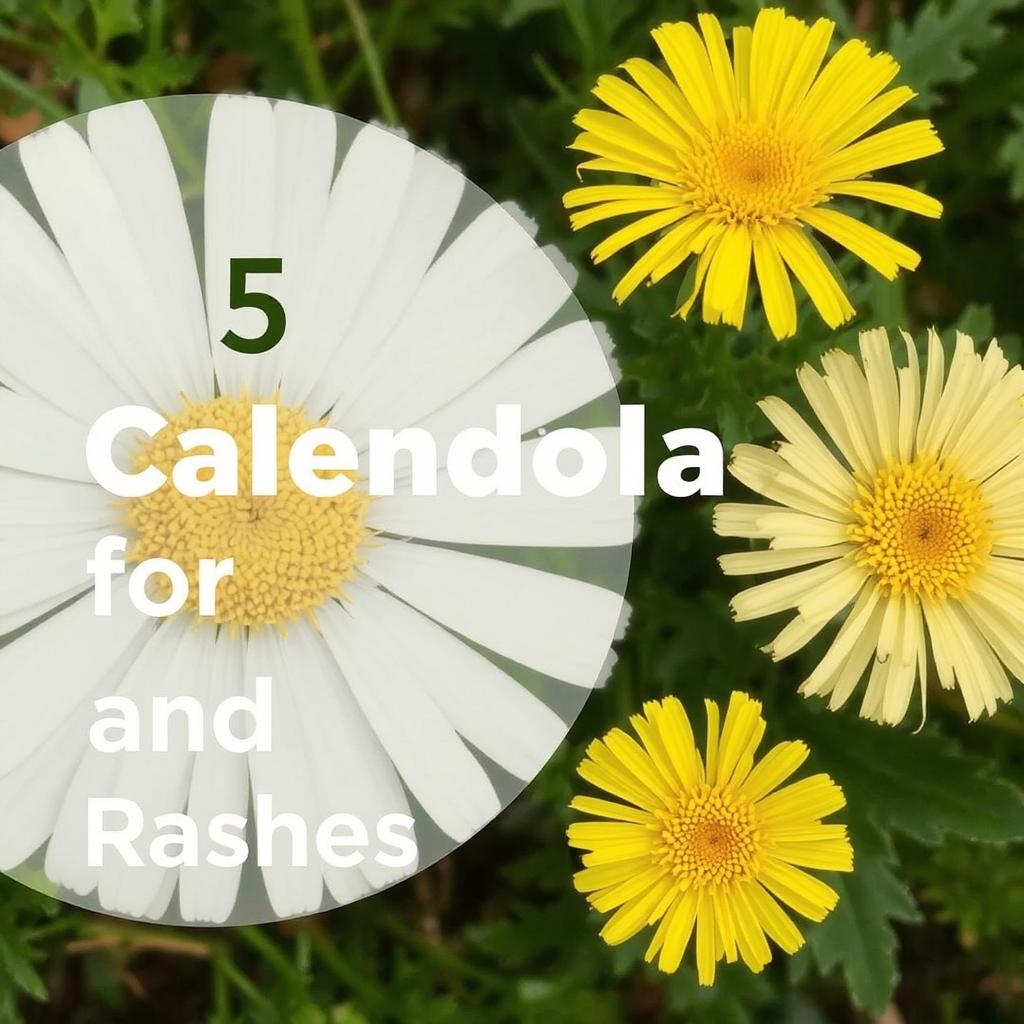
Treatment Calendula or marigold as referred to in some areas is pleasure among many people because of its skin healing and soothing effects. It is a herb that well serves the purpose of looking after minor cuts scrapes and rashes.
When to Use: Skin healing is enhanced, inflammation is alleviated and irritation on skin is relieved. Directions On Use: A toner may be made by placing dried calendula flowers in warm water, or use calendula flower creams to apply it on the skin. Why It Works: Like all herbs in the Compositae family, calendula helps to mobilize collagen thus facilitating skin repair and enhancing its elasticity.
Witch Hazel for Oily and Acne-Prone Skin

Witch hazel is a natural astringent that helps in balancing the oil secretion and further minimizing the pores. It is therefore, not surprising why this treatment has proven effective for oily acne-prone skin due to its high anti-inflammatory characteristics.
Uses: Reduces excess oil, tightens up the pores and calms the redness.
How to Use: Taking a cotton pad, apply pure witch hazel all over cleansed skin concentrating mainly on the T-zone where the oiliness is most likely to occur.
Eco-Friendly Tip: It would be advisable to get witch hazel that is producer sustainably to make that skin care wash even more friendly to the environment.
The Anti-Fungal Properties of Neem For Psoriasis
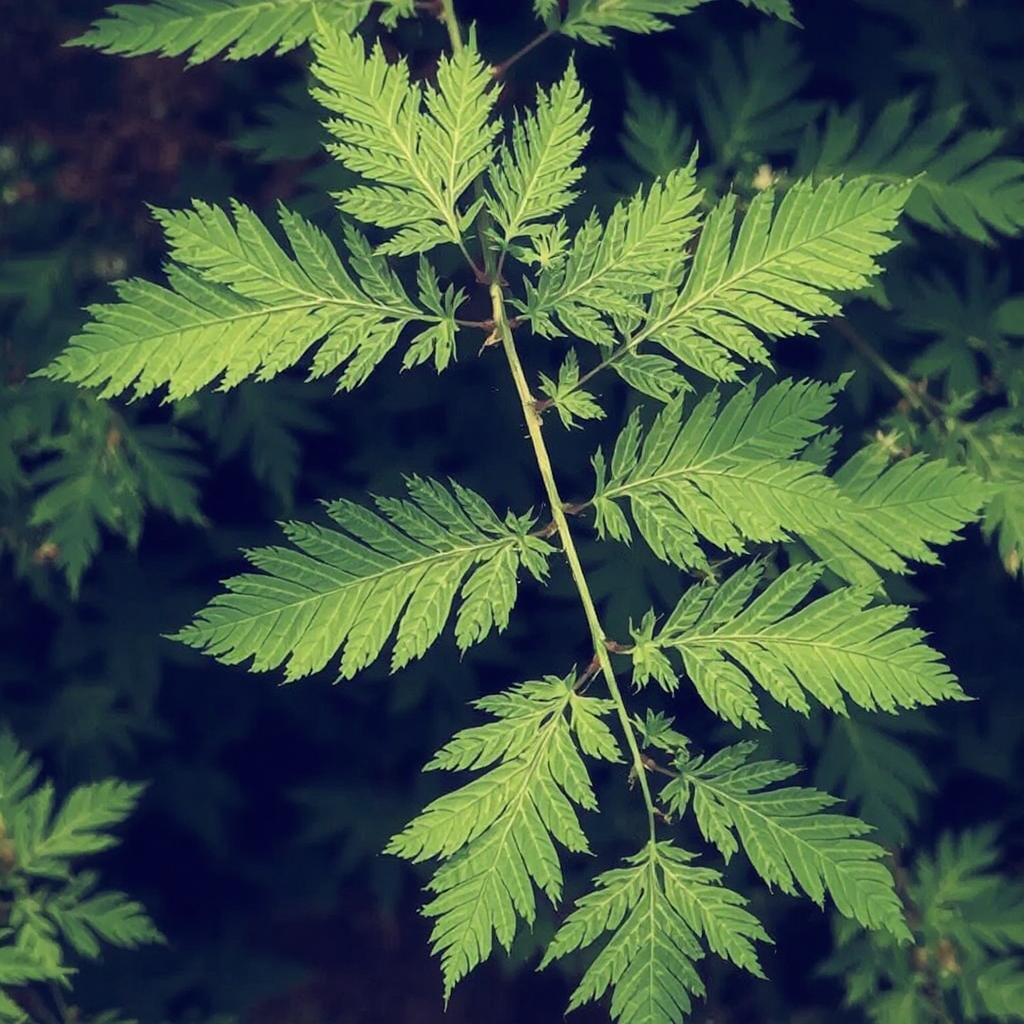
Being a part of almost all ayurvedic medicines, neem is one of the most important plants used since it contains antifungal, antibacterial, and anti-inflammatory activity.
Uses: Treats the external effects of psoriasis, eliminates fungi, relieves itchiness.
How to Use: Grind neem leaves and water together or mix powder with water to make a paste. Because neem oil has a more concentrated effect, it can be used directly on the affected areas as well.
Patch Test Reminder: For precautionary measures, try neem oil or paste on a small section of skin before actual use to check for potential allergies.
Lavender for Scars and Stress-Related Skin Issues
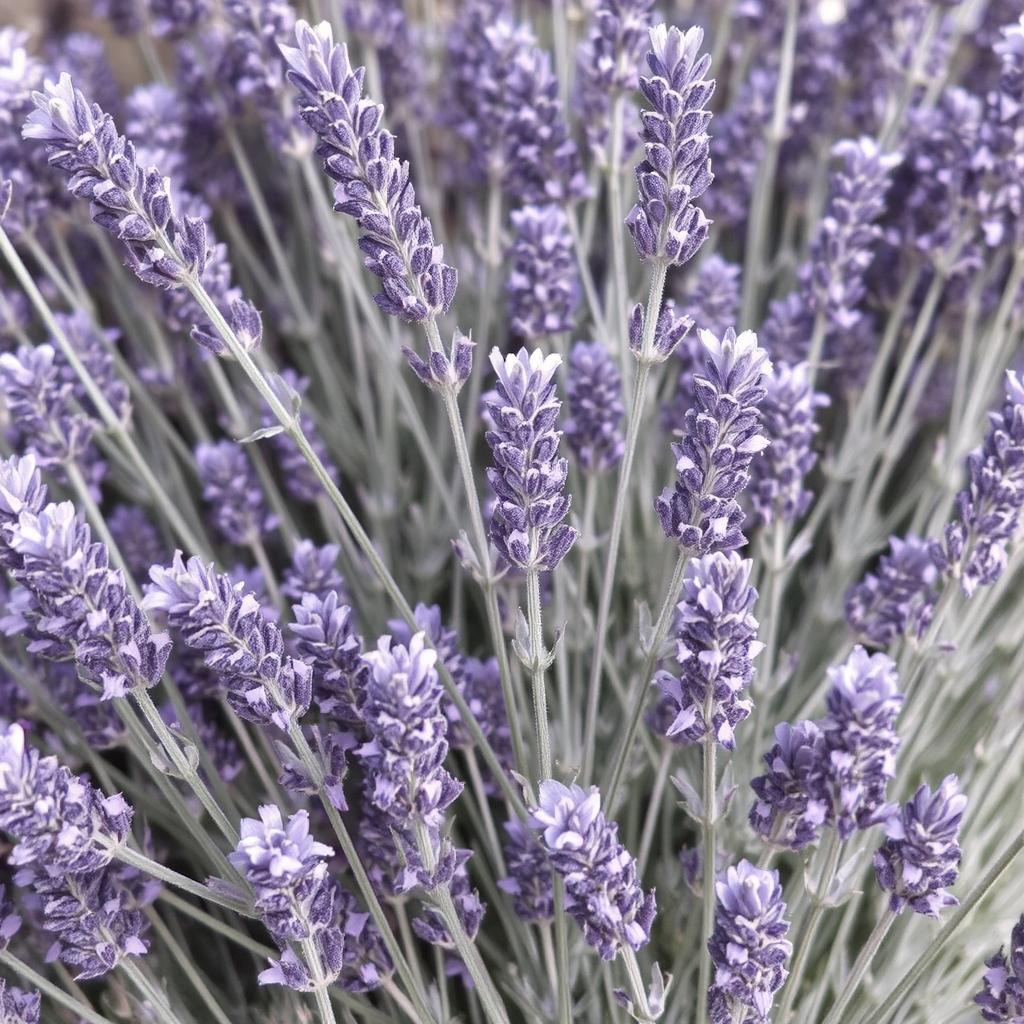
Lavender is not only a great stress reliever, but it also works well in the treatment of various skin ailments. Because of its antiseptic properties, it has the ability to reduce scarring as well as ease pain from minor burns.
Uses: Helps soothe inflammation, decreases the appearance of scars and provides a cooling effect on the skin.
How to Use: Combine generally 5 drops of lavender essential oil with 10 ml of carrier oil and apply on the skin. Or, apply lavender hydrosol on the face as a mist.
Bonus: In addition to this, Lavender can also relieve stress which is a contributing factor in a lot of skin conditions.
Rosehip Oil for Aging and Dull Skin
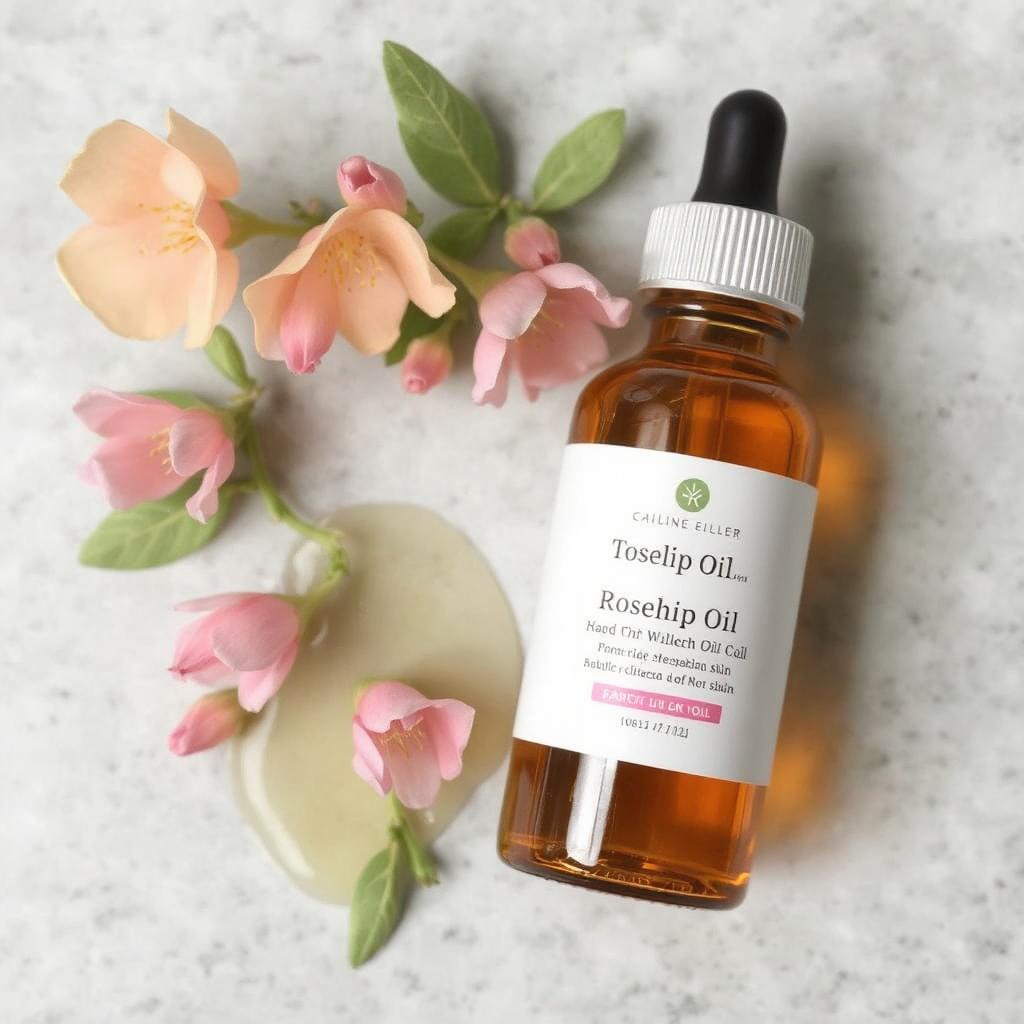
Rosehip oil contains a high concentration of essential fatty acids, antioxidants and vitamins A and C, making it one of the most effective natural oils in fighting against skin aging.
Uses: Fights wrinkles, nourishes moisture deprived skin, fades hyper pigmented skin.
How to Use: Prior to sleeping, apply two or three drops of rosehip oil all over the clean skin for night treatment.
Why It’s Popular: It encourages the growth of collagen and helps in restoring the elasticity of the skin helping in making the skin look youthful.
Oatmeal for Itchy and Dry Skin
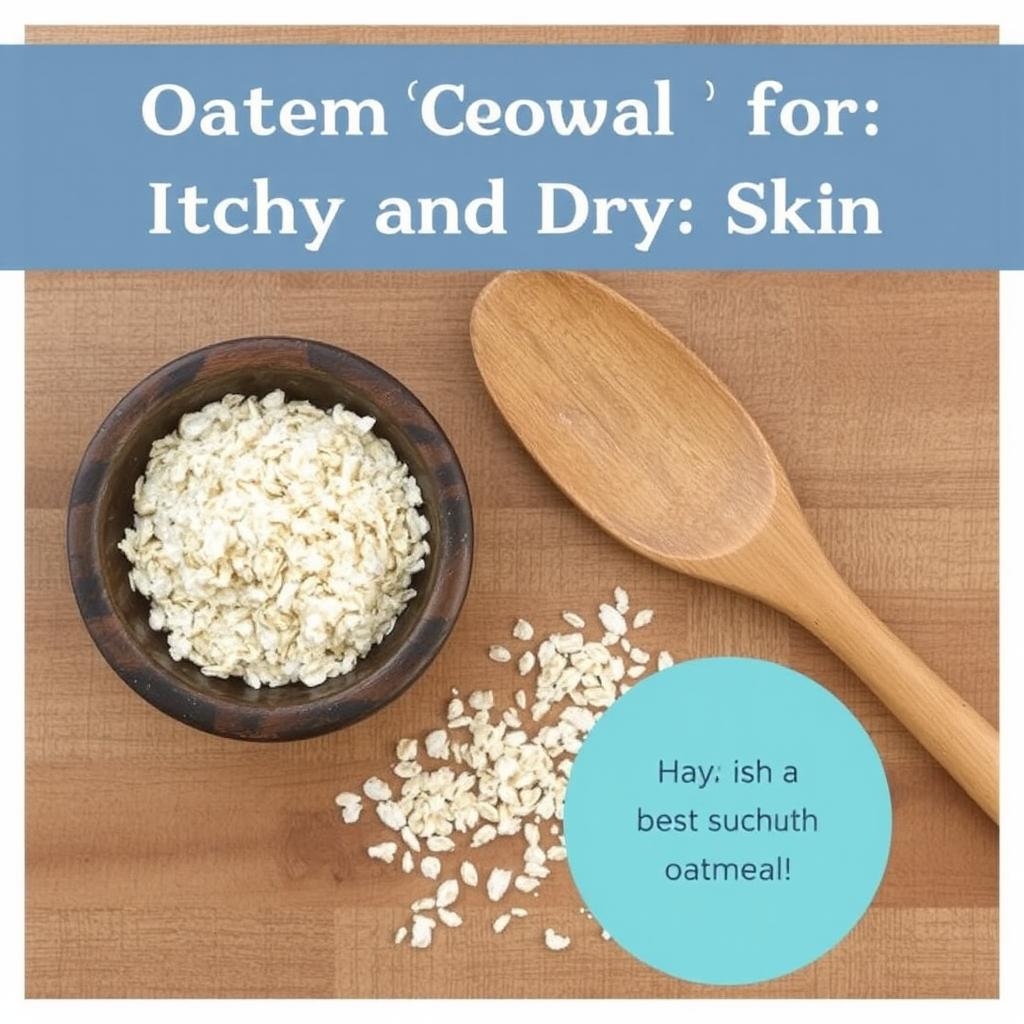
Colloidal oatmeal has long been recommended as a safe solution to allergy-ridden, dry or ruptured skin. It acts as a seal and prevents the water within the skin from evaporating.
Uses: Alleviates the pain of hives, treats dry patches and eases psoriasis.
How to Use: Oats can be milled to a fine powder and added to hot water for use when taking a bath. This is done for twenty minutes while the whole body is immersed in the water.
Scientific Backing: Oat meal also has avenanthramides which compounds that have anti-inflammatory effects.
Benefits Of Green Tea Against The Redness And The Free Radical Damage
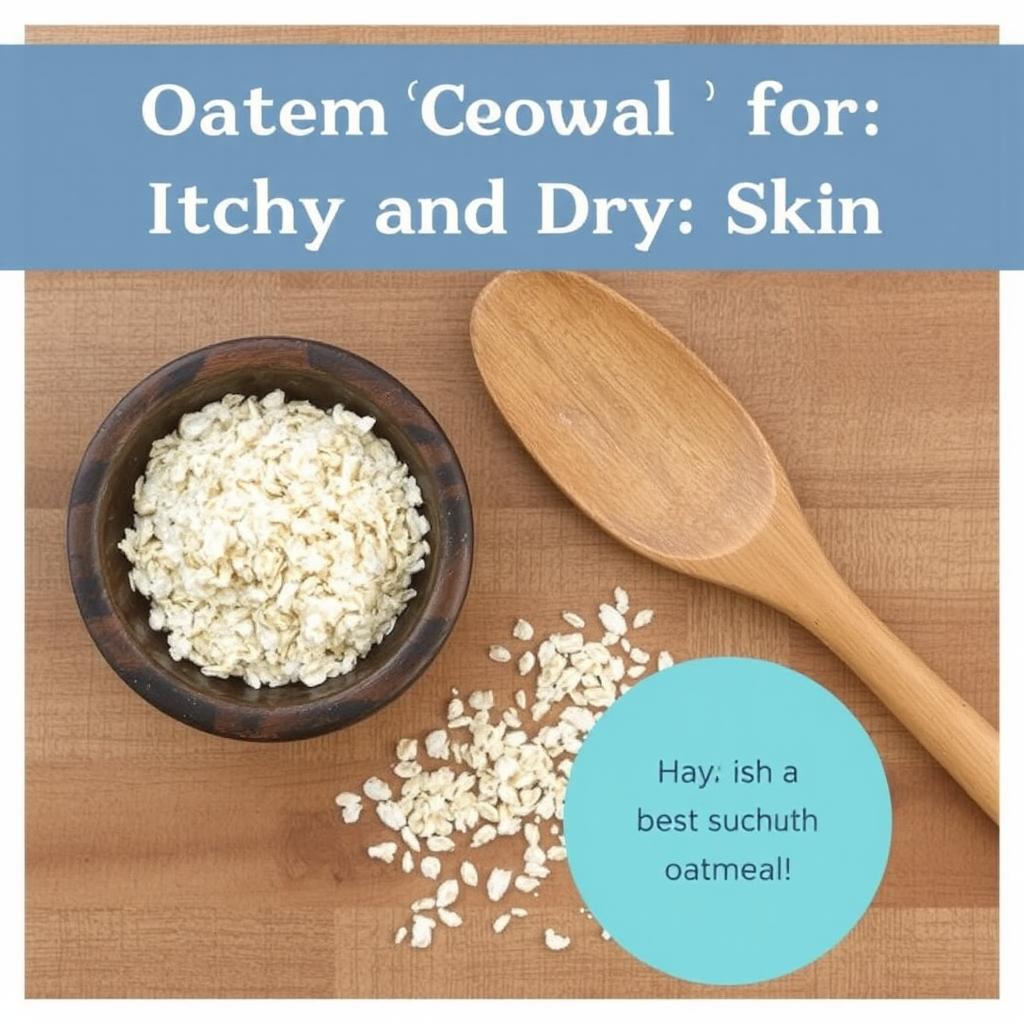
Full of healthful properties, green tea particularly contains EGCG which helps soothe redness and inflammation as well as fight the effects of free radical damage.
Application: Calms the symptoms of rosacea, eliminates excess fluid retention and delays aging.
Mode of Application: Prepare green tea, let it cool down, and then soak in a cotton pad and cover the skin with it. For an eye mask, the green tea bags which were kept in the fridge should be placed over the eyes.
Eco-Friendly Note: Spare aged green tea leaves or packets to lessen discarding.
Conclusion
Welcome The Healing Power Of Nature
Using herbal therapies is a better option as they give a remedy for many skin conditions and do not have the harmful effects that come with chemicals. Furthermore, these treatments will take time and dedication before results can be seen but they are beneficial nursing the skin in the end.
When you use these herbs as part of the beauty regimen, you target certain problems but also take a different and better worth care of yourself. New treatments should always be patch-tested first and a doctor should be seen for irritating or extreme skin conditions.



